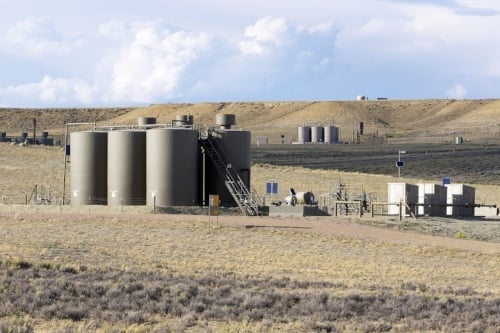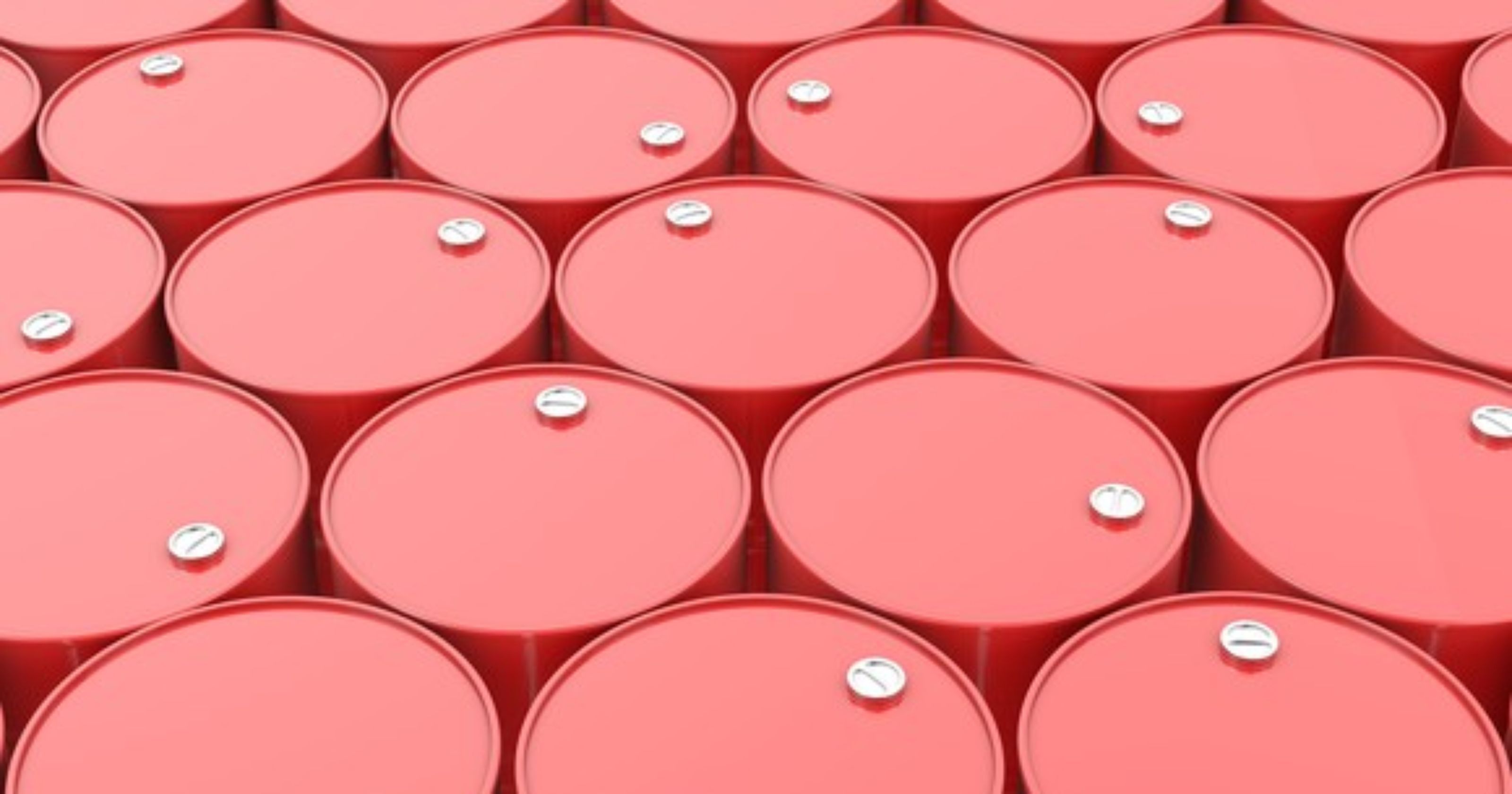4 min read
As Crude Oil Approaches $40/BBL, Warren Buffet Provides Great Hedging Advice
Are crude oil prices headed back below $40/BBL or even $30/BBL? Prompt NYMEX WTI futures settled last night at $42.92/BBL, while prompt Brent futures...

The prompt month NYMEX WTI contract settled at $107.26/bbl on June 20, 2014. That day would prove to be a major inflection point in the market. The benchmark crude oil price has since fallen to a low of $26.21/bbl on February 11, 2016 and bounced back, settling at $44.76/bbl yesterday.
From peak to trough, many producers expressed the same sentiment: “I will wait for higher prices to hedge.” It did not seem to matter whether crude oil was trading near $125 or $25/bbl. At the highs, people expected the bull-run to last forever. Producers were convinced $200/bbl oil was coming and they didn’t want to miss out. As the market collapsed, prices were too low, and people waited for arbitrary benchmarks to hedge. They waited in vain for $90, then $80, maybe $75…and so on.
Market observers IHS recently reported that just 15% of 2016 production was hedged and only 5% of 2017. That means the fear of missing out on higher prices caused many producers to miss out on higher prices. The irony shouldn’t be ignored. A lot of value has been unnecessarily destroyed while waiting for higher prices. Giving in to the fear of missing out and waiting for higher prices contradicts the basic goals of hedging: consistency, risk reduction, and value protection.
What follows is a summary of a simplified comparison of the performance of three portfolios over the roughly seven-year period, January 2009-March 2016. We compare an unhedged portfolio, one that only uses short swaps, and one that uses a combination of options as advised by the decision making guidelines Mercatus uses for our clients. Our hypothetical producer hedges the forward twelve calendar months at the beginning of each quarter using NYMEX WTI crude oil.
We intentionally chose January 2009-March 2016 because it includes the three basic patterns useful for demonstrating the risks and rewards of hedging over the long run. The analyzed period began with approximately 595 trading days of a rising market, followed by approximately 790 trading days over which the market was basically flat, and ended with our current bear-run of just over 425 trading days through March 1, 2016’s close.

From January 2009 to April 2011, the forward 12-month average crude oil price rose from $57.88/bbl to $113.49/bbl, continuing the climb began as the world exited the Great Recession, but before the world realized the full potential of unconventional oil supply. The forward 12 month oil price averaged $78.55/bbl during this 2.25 years.
The forward 12 month strip reached a post-recession peak of $113.49/bbl on April 28, 2011. From May 2011 through June 2014, the forward strip averaged $95.63/bbl. Over this period the daily settlement for the strip would only fall below $80/bbl twice.
Finally, in June of 2014, oil prices would start to show weakness that would ultimately result in the forward 12-month average dropping to a low of $32.46/bbl on January 20 of this year. On Tuesday, March 1, 2016, the forward 12 month strip settled at $39.07/bbl.
By considering the results of each sub-period, you can see why we prefer an option based hedge portfolio when properly designed and managed. When one focuses on hedging with the right instrument instead of at the right price, the goal of protecting cash flow at a manageable cost is achievable.
Remaining unhedged works well in times of high and rising prices, but you accept the risk of total loss, often felt in the form of bankruptcy. Swaps, not surprisingly, allow hedgers to capture more value in a falling market, but one must accept the risk of missing out that seems to be so crippling to producers. A properly-constructed options portfolio balances the risks, costs, and benefits of the two extreme portfolios. This balance leads to more consistent corporate returns, lower risk, and better value preservation. In effect, our portfolio considered the risk of falling prices and the risk of missing out vs. the cost of hedging, inclusive of premium, which averaged just under $4.25/bbl over the analyzed period.

In the long run, consistency pays off. No one is able to regularly identify inflection points in markets, highs or lows. If this was possible, people would only hedge at peaks and would be protected all the way down to the low. Without this advantage, the responsible thing to do is to consistently hedge with a clear process for instrument selection.
By definition, hedging is a process or investment that takes an offsetting position relative to your primary investment. Waiting for higher prices directly conflicts with the purpose of hedging based on this definition. This is why we seldom put any effort toward identifying the right price at which to hedge. Instead we spend the bulk of our time articulating the purpose of the hedge, designing a strategy for reaching that goal, and a process through which we can optimize the portfolio to limit costs and protect value. As demonstrated by our simplified analysis, this ultimately improves the probability that our client will capture opportunities when they are presented and reduces the probability that good prices will be missed while we wait for higher ones.
There is work to be done in risk management, even at $30/bbl oil. Allow us to examine your risk and design a supportive program for you. One that is based on the principles of consistency and risk reduction to protect value. Because, as we’ve seen over the last 18 months, it can always get worse.

4 min read
Are crude oil prices headed back below $40/BBL or even $30/BBL? Prompt NYMEX WTI futures settled last night at $42.92/BBL, while prompt Brent futures...

5 min read
In our last post, Can Activity in Crude Oil Options Provide Insight into Crude Oil Price Trends,weexplored the definition of delta, as well as it’s...

3 min read
In a recent Bloomberg article, “In a Risky World, Oil Traders Bet on $100 a Barrel” the author explored how, “Some oil traders have started to gear...